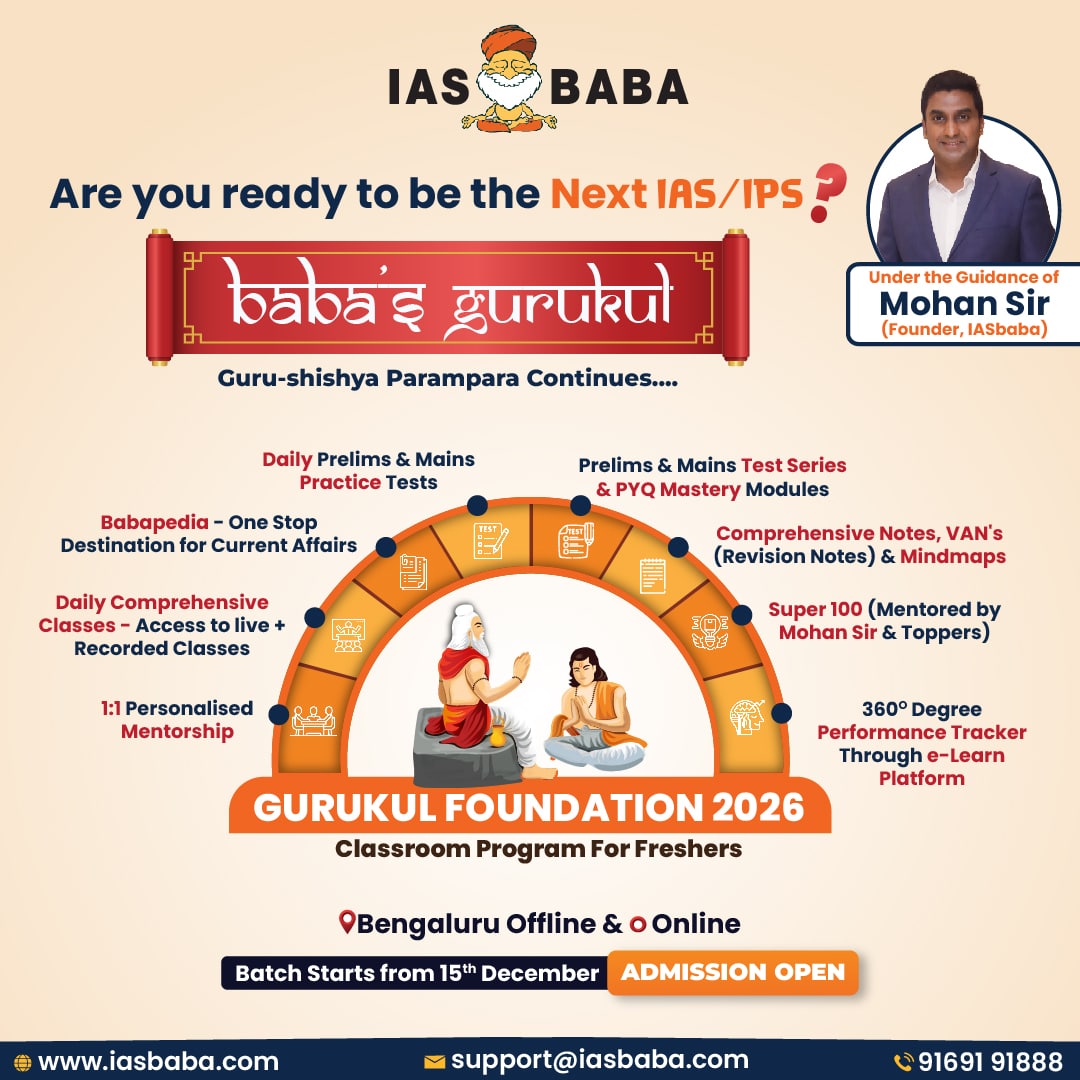Ethics Theory, TLP-UPSC Mains Answer Writing
Q. 5. “Development today is no longer the sole domain of the government. Critically examine the role of donors, charities, community-based organizations and institutional stakeholders in shaping India’s development agenda.” (250 words, 15 marks)
Introduction
India’s development landscape has evolved into a multi-stakeholder ecosystem. According to NITI Aayog, non-state actors contribute significantly to sectors like health, education, and livelihoods, complementing state efforts, especially in areas where public service delivery remains inadequate.
Body
Complementary Roles of Non-State Actors
- Donors and Philanthropic Foundations: Provide funding, technical expertise, and policy advocacy. Example: Gates Foundation supports immunization with WHO and Gavi. 2. Charities and Faith-Based Organizations: Deliver last-mile services to marginalized communities. Example: Akshaya Patra serves 2 million midday meals.
- Community-Based Organizations (CBOs): Enable participatory development and grassroots accountability. Example: SEWA organizes 2.5 million informal women workers. 4. Corporate Social Responsibility (CSR) and Institutional Stakeholders: Drive innovation and scale through CSR mandates (Companies Act, 2013). Example: Tata Trusts works with NITI Aayog on digital literacy.
- Bridging Governance Gaps: Operate in underserved regions (e.g., conflict zones, tribal areas). Example: PRADAN supports tribal livelihoods in Jharkhand.
Challenges in Multi-Stakeholder Governance
- Fragmentation and Lack of Synergy: Parallel initiatives waste resources (e.g., NGO and government schools in tribal areas with no shared learning).
- Accountability Gaps: 20,000+ NGOs lost FCRA licenses since 2014 for non-compliance (MHA data), but misuse cases like fund diversion persist.
- Urban and Sectoral Bias: 70% of CSR funds target education and health (India CSR Report 2023), while rural sanitation and disability receive <5%.
- Donor-Driven Agendas: Foreign-funded NGOs sometimes prioritize donor templates over local needs (e.g., generic nutrition programs ignoring regional diets).
- Political Resistance: Regulatory crackdowns on critical NGOs (e.g. Amnesty International’s 2020 exit after FCRA freeze following human rights reports).
Way Forward
- Formalize State-Civil Society Partnerships: Create NITI Aayog-led platforms for joint planning (e.g. Aspirational Districts Program).
- Reform FCRA/CSR Frameworks: Simplify compliance while enforcing transparency (e.g., FATF-aligned donor disclosures).
- Localize Development: Align NGO projects with Panchayat-level plans (e.g. Kerala’s Kudumbashree model).
- Incentivize Community Ownership: Scale up participatory budgeting (e.g., Meghalaya’s Village Councils).
- Data-Driven Decision Making: Share real-time data via platforms like DISHA (Digital Infrastructure for Social Impact).
Conclusion
India’s development future hinges on structured collaboration. By balancing innovation with accountability, non-state actors can amplify state efforts, ensuring equitable and sustainable growth.













